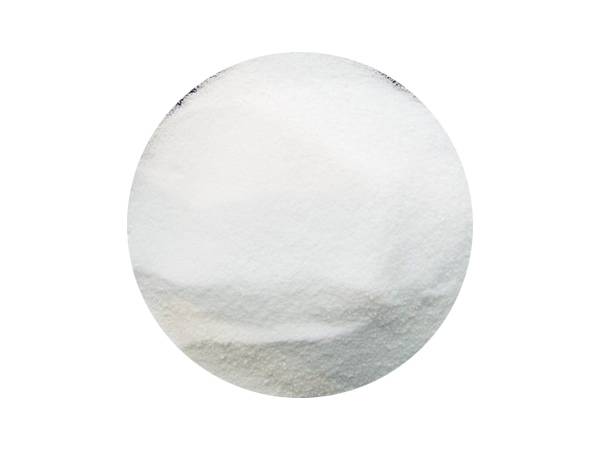



uses of caustic soda in soap making
Uses of Caustic Soda in Soap Making
Caustic soda, chemically known as sodium hydroxide (NaOH), is an essential ingredient in the soap-making process. It plays a critical role in transforming fats and oils into soap through a process known as saponification. This article explores the various uses of caustic soda in soap making, highlighting its importance in both traditional and modern practices.
Saponification is the chemical reaction that occurs when fats and oils (triglycerides) react with an alkali, leading to the formation of soap and glycerin. Caustic soda is a strong alkali that effectively breaks down fats into fatty acids, which then combine with sodium ions to create soap. This reaction typically requires heat, and the caustic soda serves as a catalyst, enhancing the efficiency of the process. By controlling the amount of caustic soda used, soap makers can influence the hardness, lathering ability, and overall quality of the final product.
One of the primary uses of caustic soda in soap making is in the production of hard bar soaps. The reaction between sodium hydroxide and saturated fats leads to a firm soap that provides excellent cleansing properties. This makes caustic soda indispensable in both commercial and artisanal soap production, allowing manufacturers to create a diverse range of products with varying qualities and characteristics.
uses of caustic soda in soap making

In addition to its role in traditional cold and hot process soap making, caustic soda is also a key component in liquid soap production. Liquid soap utilizes potassium hydroxide (KOH), which is another form of caustic soda, to achieve a more liquid consistency. In this process, the combination of oils and the appropriate form of caustic soda results in a product that retains the soap’s cleansing abilities while offering a different texture that many consumers prefer.
Furthermore, caustic soda is crucial in the development of specialty soaps, such as those containing antioxidants or natural exfoliants. By altering the formulation and carefully balancing the amount of caustic soda, soap makers can create unique products that cater to various skin types and preferences. This adaptability allows soap creators to innovate continuously and respond to consumer demands for natural and specialty soaps.
Safety is a significant consideration when using caustic soda in soap making. As a highly corrosive substance, it can cause severe burns if mishandled. Therefore, it is essential for soap makers to wear appropriate protective gear, including gloves and goggles, when working with sodium hydroxide. Additionally, thorough education on the proper techniques and safety protocols is vital for both new and experienced soap makers to minimize risks associated with its use.
In conclusion, caustic soda is a cornerstone of soap making that enables the transformation of fats and oils into a versatile cleaning product. Its ability to produce various types of soap, from solid bars to liquid formulations, underscores its importance in both artisanal and industrial settings. By understanding the uses and implications of caustic soda, soap makers can harness its full potential while ensuring safety and quality in their creations. With a rich heritage in the soap-making tradition, caustic soda continues to be a vital ingredient in creating high-quality soaps that meet the needs and preferences of consumers.
-
Why Sodium Persulfate Is Everywhere NowNewsJul.07,2025
-
Why Polyacrylamide Is in High DemandNewsJul.07,2025
-
Understanding Paint Chemicals and Their ApplicationsNewsJul.07,2025
-
Smart Use Of Mining ChemicalsNewsJul.07,2025
-
Practical Uses of Potassium MonopersulfateNewsJul.07,2025
-
Agrochemicals In Real FarmingNewsJul.07,2025
-
Sodium Chlorite Hot UsesNewsJul.01,2025










